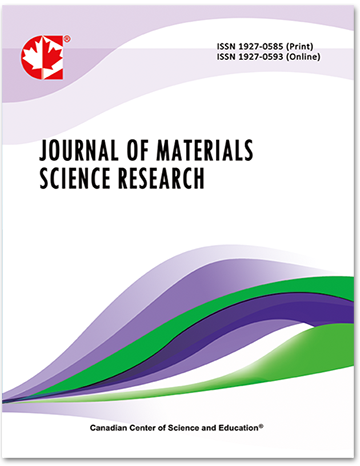Coherent Nanowhiskerography
- S. N. Maksimovsky
- A. Yu. Stavtsev
- V. N. Ivanova
Abstract
A new technology is suggested for crystallizing arbitrary materials at temperatures of 3000-4000ºC and pressures of 20-100 thousand atmospheres. First experimental results were obtained in a foil-coated polycarbonate that comprised diffraction gratings.
It was established that a laser beam reflected from the diffraction gratings is self-focused inside polycarbonate and becomes a seed, which changes the polycarbonate structure and leads to vitrification and growth of ordered structures from symmetrically arranged whiskers. This results in a light dispersion effect in composites. The results concerning whiskers formed with sharp tips are presented.
We used data obtained in these experiments for developing a model of crystallization with the rates of 80-100 m/s. In this case, not only crystals grow, but nanowhiskers also. A new phenomenon of nanowhiskerography was discovered, which can be used for developing the defence against falsification that cannot be reproduced by polygraphic methods.
A fundamental data, obtained in this article is allowed us to use technology for crystallisation any materials (glass, quartz, semiconductors, whisker graphite).
The term “coherent nanowhiskerography” - is introduced for the first time by us, because the whisker crystallization occurs with a delay in reflection from two diffraction gratings, which are situated at the different depths. Thus, each whisker repeats in structure a retarded whisker during the crystalization. Due to this, unique optical and electrophysical properties arise.
Since at the ends of whiskers there is only 1-2 atoms with dangling chemical bonds, therefore, the technology is extremely promising for the new direction of creating a new direction of terahertz technology and also up to date generations of the computing technology.
- Full Text:
 PDF
PDF
- DOI:10.5539/jmsr.v8n2p26
Journal Metrics
Impact Factor 2022 (by WJCI): 0.583
Google-based Impact Factor (2021): 0.52
h-index (December 2021): 22
i10-index (December 2021): 74
h5-index (December 2021): N/A
h5-median (December 2021): N/A
Index
- CAS (American Chemical Society)
- CNKI Scholar
- Elektronische Zeitschriftenbibliothek (EZB)
- EuroPub Database
- Excellence in Research for Australia (ERA)
- Google Scholar
- Infotrieve
- JournalTOCs
- LOCKSS
- NewJour
- PKP Open Archives Harvester
- Qualis/CAPES
- SHERPA/RoMEO
- Standard Periodical Directory
- Universe Digital Library
- WJCI Report
- WorldCat
Contact
- John MartinEditorial Assistant
- jmsr@ccsenet.org
